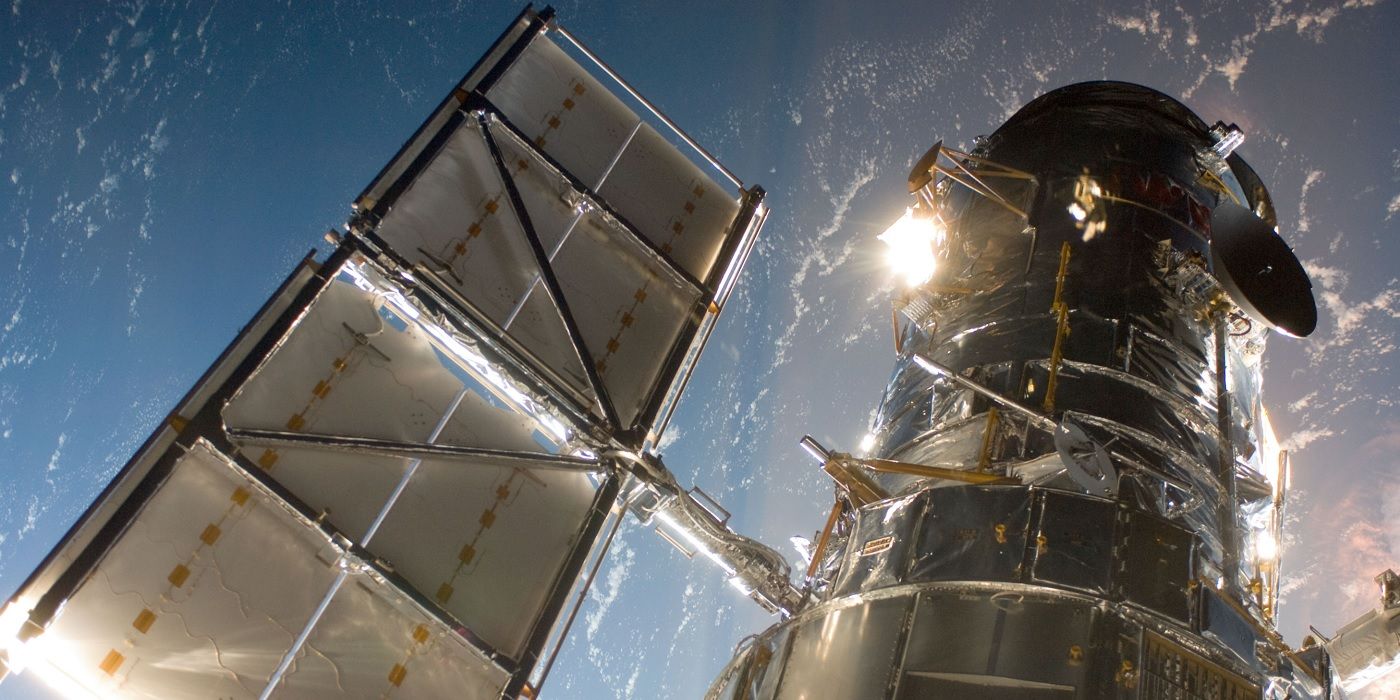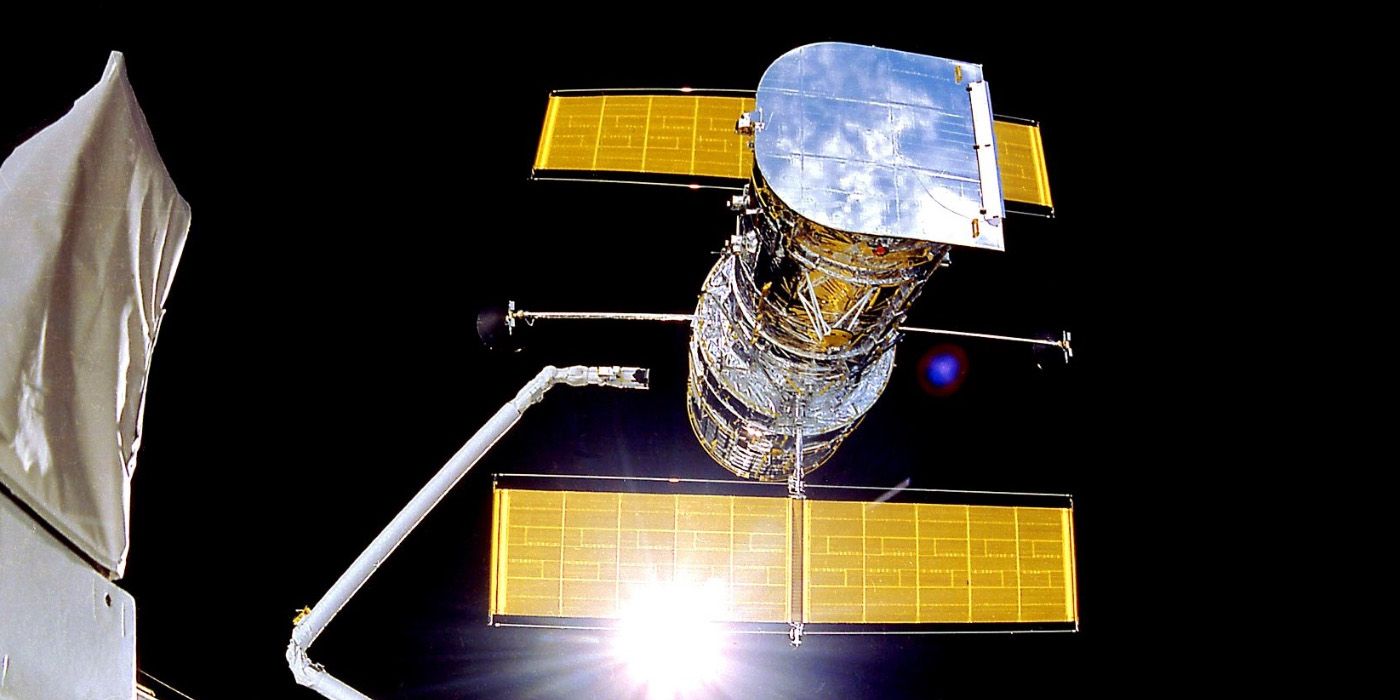On July 16 NASA reported, 'The Hubble Telescope is back!' The announcement came after more than one month of news of the Hubble Telescope, orbiting 340 miles above Earth, halted in safe mode. Experts’ optimism in seeing the 31-year-old pioneer telescope up and running again had been fading away due to numerous failed attempts of restarting the legendary eye into the Universe. The Hubble was launched by the discontinued Space Shuttle Discovery in 1990. Positioned above Earth's weather and its atmospheric distortion, its crystal-clear vision provided uncountable breakthroughs in science observing distant stars, supernovas, galaxies, black holes, far-off systems, and much more. With more than 1.4 million observations and over eighteen thousand peer-reviewed scientific papers, the Hubble is the most famous, and loved-by-all Telescope of all time.
Originally the Hubble Telescope was built to live fifteen years orbiting as a NASA satellite. It has more than doubled its original lifespan. NASA explains that the reasons why it is one of the longest-living space-based observatories are the upgrades and repairs it has received throughout the decades. From 1993 to 2009 the telescope saw five servicing missions, including missions for repairs and new state-of-the-art science instrument upgrades. In 2011 the Space Shuttle, the only spacecraft designed and equipped to conduct repairs on the Hubble, was grounded and retired, leaving the Hubble Telescope with no possible hands-on assistance for the next ten years. Since then, NASA experts have known that any major problem in the Hubble telescope could possibly mean that its final days had arrived, leaving it lost in space.
It took NASA experts weeks to identify which component of the system had a glitch. The reason why NASA's testing took so long was due to how the team conducted tests, practicing procedures the team would later conduct on the Telescope using a hardware-and-software replica on Earth to avoid damaging the Telescope while attempting to fix it. During these tests, the payload computer residing in the Science Instrument Command and Data Handling (SIC & DH) unit, which controls, coordinates, and monitors Hubble’s science instruments, was examined. Tests included attempts to reconfigure the computer and re-jump backup systems. The tests were unsuccessful but the final test revealed that the problem was with the Power Control Unit PCU that supplies steady energy to the computer.
NASA has experienced many long-distance technical problems in its history, such as the technical problems it once had with its Mars Rover Perseverance, today working autonomously. Tests for the Hubble showed that the PCU was either not providing voltage within the normal range, or that its voltage readings system was damaged or blocked. The PCU safeguards the computer from voltage differences that can damage the system. Any energy supply above 5 volts blocks the computer and forces it into safe mode, halting the system. Once the PCU problem was identified and pinned down, NASA executed a multi-day event and successfully switched the Hubble to the backup PCU hardware unit. Finally, after 33 days of intense work, and the eyes of the world watching, NASA confirmed operations to recover the Hubble were successful. The necessary 5 volts began flowing through Hubble´s circuits bringing its legendary vision back to life. NASA added the Command Unit-Science Data Formatter (CCU-SDF) which sends and formats commands and data, as well as other alternative interfaces, were also switched to their backup units.
Hubble's Space Technology Testimony
Hubble´s power to provide clear visuals of the Universe relies on the fact that it operates in outer space and avoids modern satellite traffic interference. The Hubble team now transitioned to monitoring operation, running full diagnostics, and initiating the process of science instrument recovery from safe mode configurations. NASA explained that it will be pacing the process to ensure the hardware does not stress and overheat. After this operation, the calibration of the telescope and normal science operations will resume. “You have to tell everyone how nervous we all were!” Astronomer Richard Ellis of University College London told Science. Adding, "Everyone is a friend of Hubble. It’s unique."
The Hubble Telescope is a clear symbol of what it takes to be successful in space technology. Considering what can go wrong, be damaged, or break, to expect the unexpected is essential when running a computer as sophisticated as the one Hubble runs. What would be an easy fix on Earth, hundreds or thousands of miles away in space becomes incredibly complicated. Today people often change iPhones, iPads, or computers every one to three years believing the technology to be outdated. At 31 years of age and surviving several near-death experiences, Hubble is a testimony of human technology at its best. It was built to endure and work in the toughest of conditions all while breaking through the mysteries of the Universe. Still today, it lives up to its original promise and goes beyond.


